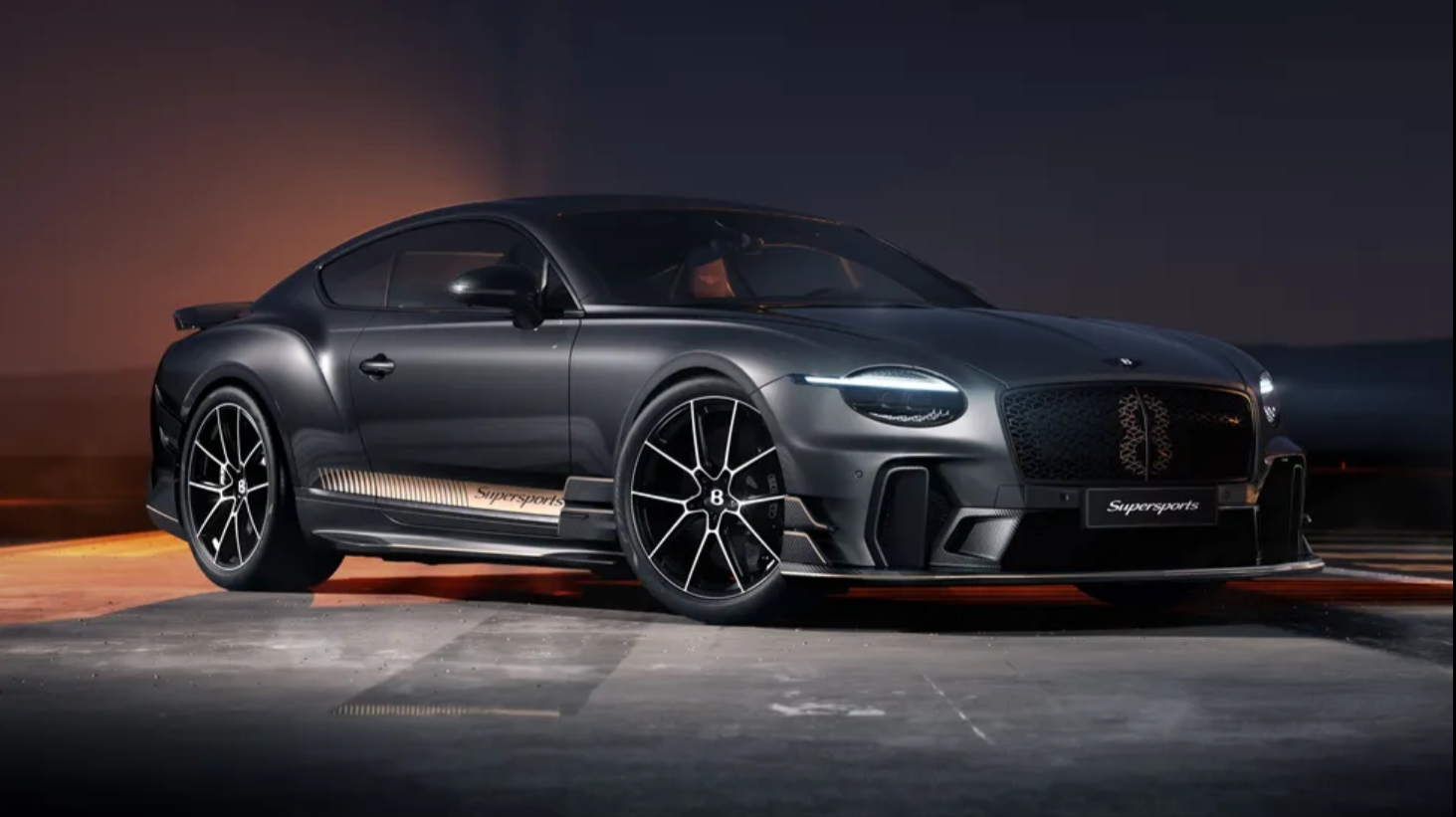Due to land in 2026, this all-electric lineup, starting with a sleek saloon and SUV, is set to expand to seven models by 2030. It’s Honda’s delayed but calculated entry into the EV battlefield, aimed squarely at teaching Volkswagen’s ID range and Mercedes’ EQ series a thing or two about where they’ve gone wrong.
Yes, Honda might be late to the party, but they're bringing some cutting-edge tech to the table, drawing inspiration from the likes of Tesla. Case in point: drive-by-wire steering, similar to the tech seen on the Cybertruck. This system, likely coupled with a futuristic yoke-style steering wheel, promises to deliver what Honda calls a "sporty and uplifting feeling" and a heightened sense of "oneness between the driver and the vehicle."
But wire steering is just the tip of the tech iceberg. Honda’s 0 Series will introduce a host of innovations that make it stand out in a crowded EV market. For starters, each car is expected to shed around 100 kg compared to earlier Honda EVs. This weight loss is thanks to new, stronger yet lighter platforms, compact electric motors and inverters, and slimmer battery packs.
While smaller batteries might sound like a compromise, the opposite is true. Lighter cars need less power, which means faster recharging times and, crucially, no real loss in range. Honda is leveraging every gram saved to improve efficiency. For example, their new inverters are 40% smaller, and electric motors have reduced frictional losses by 17%. These improvements alone give you an extra 19 km of range per charge. On top of that, the compact drive units have freed up an additional 30 mm of cabin space just enough for a stretch in comfort.
The battery pack itself has undergone a significant overhaul, too. The case is now 6% thinner and constructed from only five components, down from 60. Honda has cleverly used this space-saving design to prioritize passenger room, even in cars no taller than 1,400 mm roughly the same height as a BMW M4 coupe.
Aerodynamics have also been fine-tuned, with active aero shutters adding another 10 km of range. Meanwhile, a more efficient heating system will cut winter power consumption by 13%, further extending the range during those chilly months. This is all part of Honda’s ‘thin, light, wise’ philosophy, where every detail is optimised for maximum efficiency.
The 0 Series will initially launch on a 400-volt platform, with faster 800-volt architecture following later similar to the tech you’d find in high-end EVs from Audi, Porsche, and Hyundai. Battery packs will range from 80 to 90 kWh, delivering a range of about 483 km under EPA standards, with larger models expected to come with 100 kWh+ options in the future.
The first 0 Series car, a production version of the wedge-shaped saloon concept revealed at CES 2024, is said to closely resemble the original design. Think of it like a Bullet Train with gullwing doors that swapped rails for asphalt. SUVs will inevitably follow, ranging from compact to mid-sized and even a massive three-row behemoth due in 2027.
Honda’s EVs will, of course, come packed with the latest in autonomous driving and driver assistance technologies, but there’s also a focus on practical, real-world enhancements. By gathering data from five million hybrid owners, Honda aims to ensure its batteries degrade by less than 10% over a decade. That’s great news for second-hand buyers looking for an EV that retains its battery health.
Expect more details at CES in January 2025, where Honda plans to showcase a production-ready model embodying the brand’s vision for electrification. In other words, stay tuned for a Honda EV that won’t just exist in concept form but will actually be ready to hit the road soon.










.jpg)


.jpeg)

.jpeg)
.jpeg)

